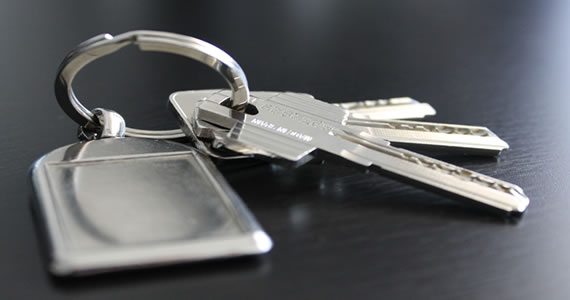Recently, you’ve been experiencing some troubles with your vehicle. On the other hand, maybe you’ve never had a car before, and you’re getting tired of the subway, cabs or biking. Whatever the case may be, following these tips can help you find the best car for your needs.
Determine Your Price Point
Before you can even begin to look at cars, you need to figure out how much overall money you are going to be able to spend on this vehicle. If you are buying a car outright, then you must calculate the total cost. When you’re planning to go into a leasing or financing agreement, you should figure out how much you can spend on the down payment and the monthly payments according to Mazda Miata in Kansas City.
Matching Your Financial Needs with a Dealership
Once you have determined the amount of money you’re able to spend on the vehicle, you’ll have to find a dealership with cars in that price range. Browsing on various websites will introduce you to the cars available. Conducting research about cars online is smart. By doing so, you do not have to take trips to a multitude of dealerships. Instead, you can go to one or two that have cars of interest to you.
Consider The Car Size
You will also need to decide if you want to have a larger car or a smaller car. By purchasing a larger vehicle, you’ll get more space, and this is great if you have a big family or go on a lot of vacations. However, you may have to pay more for the car itself, and the gas might also be more expensive. A mid-sized car might be the best option for you to ensure that all of the elements are accounted for.
Look to The Future
Remember, you don’t want to purchase a car only to find that it needs to be returned in a year. Think about your future needs. Are you planning to go on a long road trip soon? Do you think you will have a couple of kids in the next few years? If the answer to either of these questions is yes, you need to consider getting a car that is able to suit your soon-changing needs.
Finding the best car for you is not something that happens in a brief moment. You’ll need to put some dedication into the research to get it right.


















